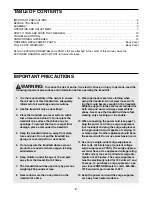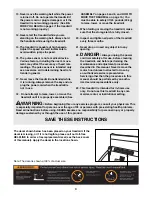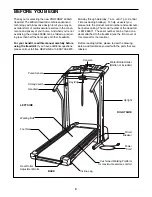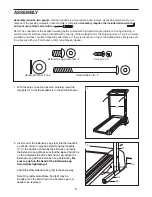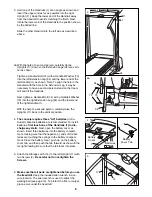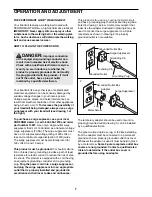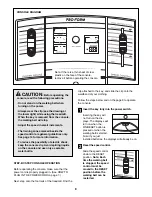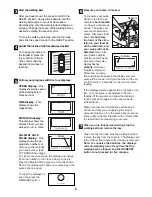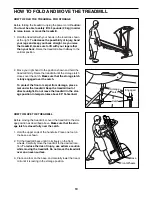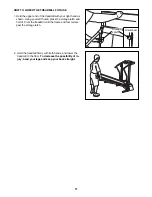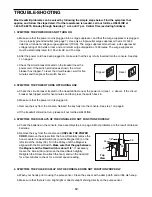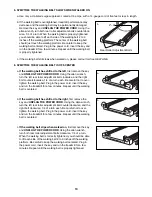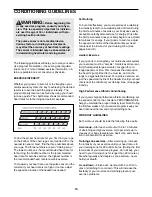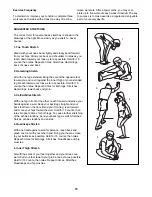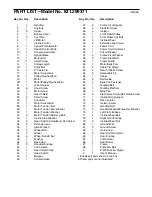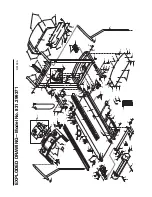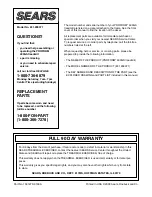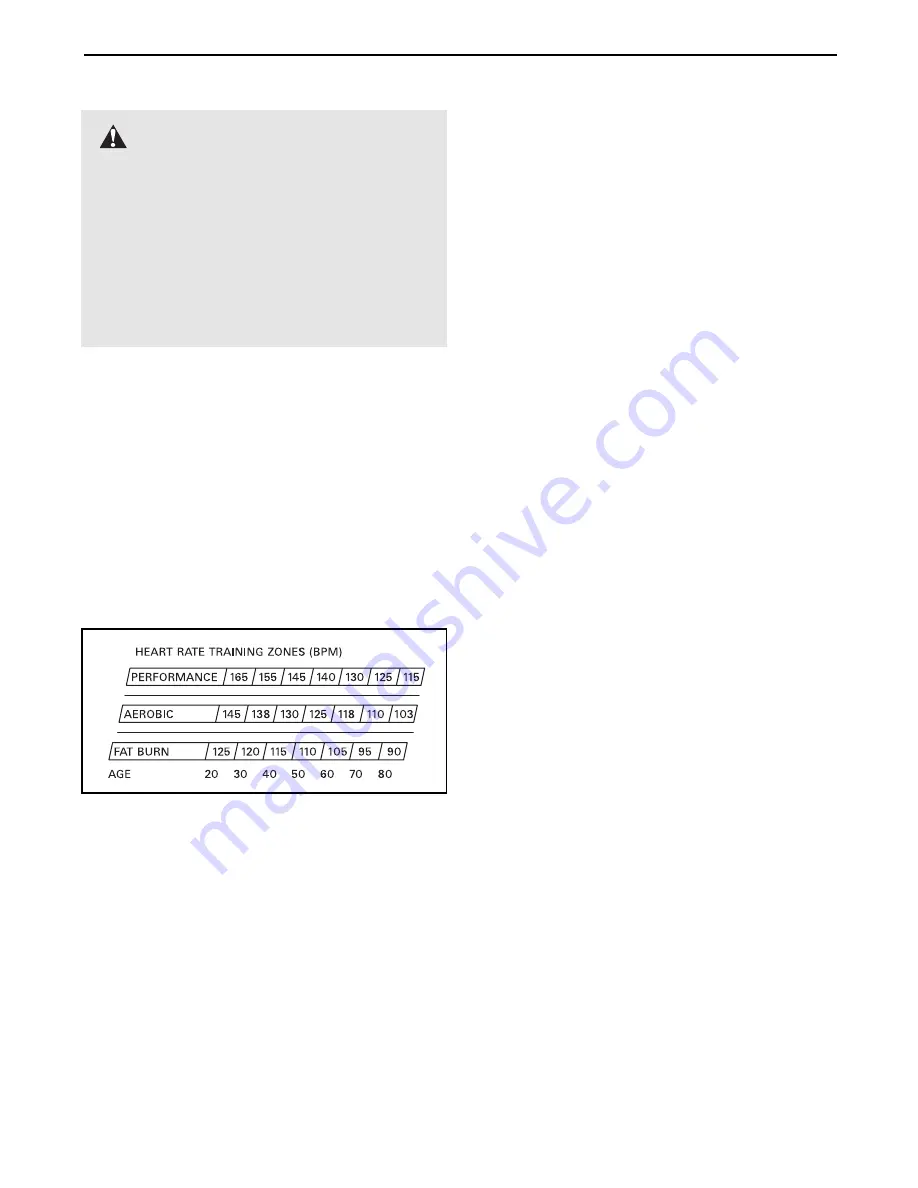
14
CONDITIONING GUIDELINES
The following guidelines will help you to plan your exer-
cise program. RememberÑthese are general guide-
lines only. For more detailed exercise information, ob-
tain a reputable book or consult your physician.
EXERCISE INTENSITY
Whether your goal is to burn fat or to strengthen your
cardiovascular system, the key to achieving the desired
results is to exercise with the proper intensity. The
proper intensity level can be found by using your heart
rate as a guide. The chart below shows recommended
heart rates for fat burning and aerobic exercise.
To find the proper heart rate for you, first find your age
on the bottom of the chart (ages are rounded off to the
nearest ten years). Next, find the three numbers above
your age. The three numbers are your Òtraining zone.Ó
The lowest number is the recommended heart rate for
fat burning; the middle number is the recommended
heart rate for aerobic exercise; the highest number is
the recommended heart rate for aerobic exercise.
To measure your heart rate, use the pulse sensor on the
console. If your heart rate is too high or too low, adjust
the speed and incline of the treadmill as needed.
Fat Burning
To burn fat effectively, you must exercise at a relatively
low intensity level for a sustained period of time. During
the first few minutes of exercise, your body uses easily
accessible
carbohydrate calories
for energy. Only after
the first few minutes does your body begin to use stored
fat calories
for energy. If your goal is to burn fat, adjust
the speed and incline of the treadmill until your heart
rate is near the low end of your training zone. (See
pages 8 and 9.)
Aerobic Exercise
If your goal is to strengthen your cardiovascular system,
your exercise must be Òaerobic.Ó Aerobic exercise is ac-
tivity that requires large amounts of oxygen for pro-
longed periods of time. This increases the demand on
the heart to pump blood to the muscles, and on the
lungs to oxygenate the blood. For aerobic exercise, ad-
just the speed and incline of the treadmill until your heart
rate is near the middle of your training zone. (See pages
8 and 9.)
High Performance Athletic Conditioning
If your goal is high performance athletic conditioning, set
the speed control on the console to PERFORMANCE to
help you maintain the proper intensity level. Note: During
the first few weeks of your exercise program, keep your
heart rate near the low end of your training zone.
WORKOUT GUIDELINES
Each workout should include the following three parts:
A warm-up
ÑStart each workout with 5 to 10 minutes
of stretching and light exercise. A proper warm-up in-
creases your body temperature, heart rate, and circula-
tion in preparation for exercise.
Training zone exercise
ÑAfter warming up, increase
the intensity of your exercise until your heart rate is in
your training zone for 20 to 60 minutes. (During the first
few weeks of your exercise program, do not keep your
heart in your training zone for longer than 20 minutes.)
Breathe regularly and deeply as you exerciseÑnever
hold your breath.
A cool-down
ÑFinish each workout with 5 to 10 min-
utes of stretching to cool down. This will increase the
flexibility of your muscles and will help prevent post-
exercise problems.
WARNING:
Before beginning this
or any exercise program, consult your physi-
cian. This is especially important for individu-
als over the age of 35 or individuals with pre-
existing health problems.
The pulse sensor is not a medical device.
Various factors, including your movement,
may affect the accuracy of heart rate readings.
The sensor is intended only as an exercise aid
in determining heart rate trends in general.


